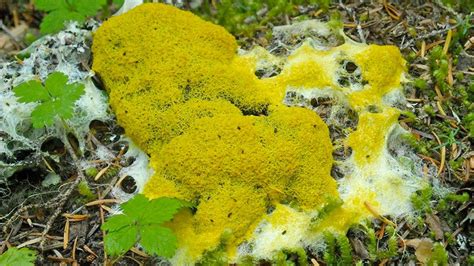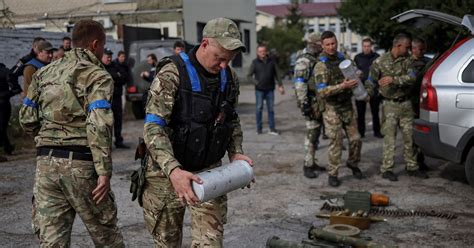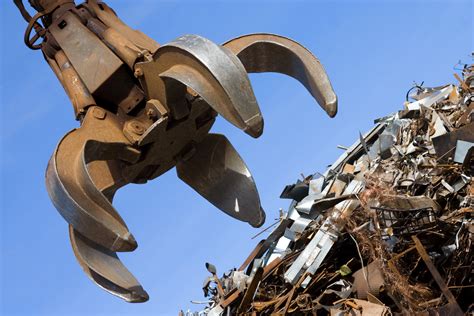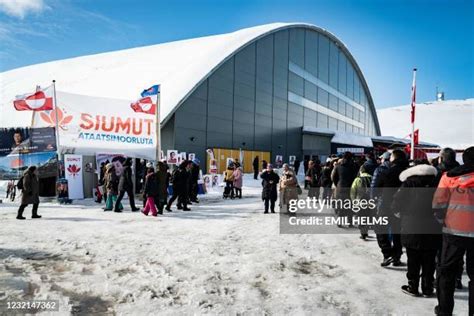“Christmas can be a gassy affair, and the tree that stands proudly in your living room is no exception.”
Ah, Christmas – the time of year when we deck the halls with boughs of holly and fill our homes with festive cheer. But have you ever stopped to think about the environmental toll all this merrymaking takes? Let’s dive into three ways Christmas traditions may be harming our planet.
“Artificial trees have much bigger carbon footprints, emitting on average 40 kilograms of CO2eq.”
First up, let’s talk about those iconic symbols of Christmas spirit – the trees. Natural Christmas trees are beloved for their fresh scent and traditional charm. However, their journey from farm to landfill comes with a hefty carbon footprint. Opting for an artificial tree may seem like a greener choice, but these plastic alternatives carry their own environmental burden due to their production process and materials.
“Some 80 percent of toys tested from third-party traders across online marketplaces failed to meet EU safety standards.”
Moving on from trees, let’s shift our focus under the twinkling lights of the Christmas tree where gifts await. Children eagerly unwrap presents filled with joy, but hidden within some toys lies a darker truth. Reports reveal that many toys sold online fail to meet safety standards, posing risks to children’s health. From toxic slime to questionable materials, these playthings raise concerns about consumer safety regulations.
Expert Insight: Catherine Van Reeth emphasizes how loopholes in toy safety regulations pose challenges in ensuring products meet stringent standards. The influx of toys from outside the EU through online platforms raises questions about oversight and accountability.
“Meat consumption soars over Christmas…Agriculture contributes 40 percent of global methane emissions.”
As we gather around tables laden with festive treats, it’s hard not to indulge in savory delights like roast turkey or glazed ham. Yet, our holiday feasts come at an environmental cost. The surge in meat consumption during Christmas contributes significantly to greenhouse gas emissions and places strain on natural resources.
Expert Analysis: Livestock farming plays a substantial role in methane emissions and deforestation linked to agriculture practices for meat production. Balancing holiday traditions with sustainable food choices can help mitigate these impacts.
“For a round trip from London to New York emits well over half a metric ton of carbon dioxide per passenger.”
Lastly, let’s address the elephant in the room – travel during the holidays. Whether jetting off to visit loved ones or embarking on a winter getaway, air travel leaves a substantial carbon footprint. Consider opting for more eco-friendly modes of transportation such as trains whenever possible to reduce your impact on climate change.
Expert Tip: Choosing train travel over flights can significantly lower your carbon footprint during holiday journeys while offering a scenic route that enhances your travel experience.
In conclusion, while Christmas is undoubtedly a time for celebration and connection with loved ones, it’s essential to reflect on how our festivities impact the environment. By making conscious choices such as selecting sustainably sourced decorations, opting for safer toys, embracing plant-based meal options, and choosing eco-conscious travel methods, we can enjoy a festive season that honors both tradition and sustainability.









Leave feedback about this